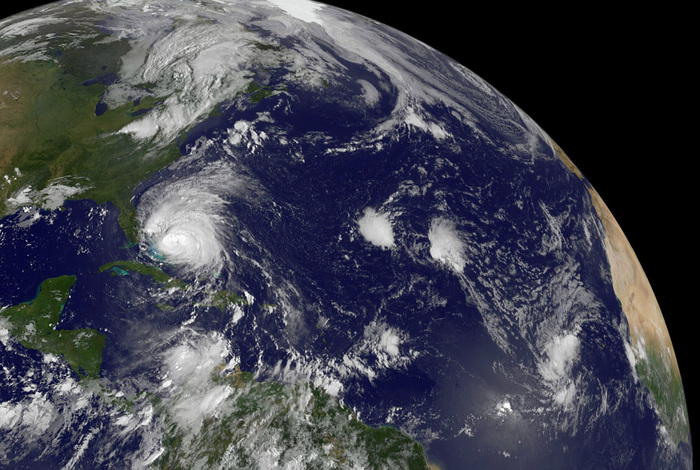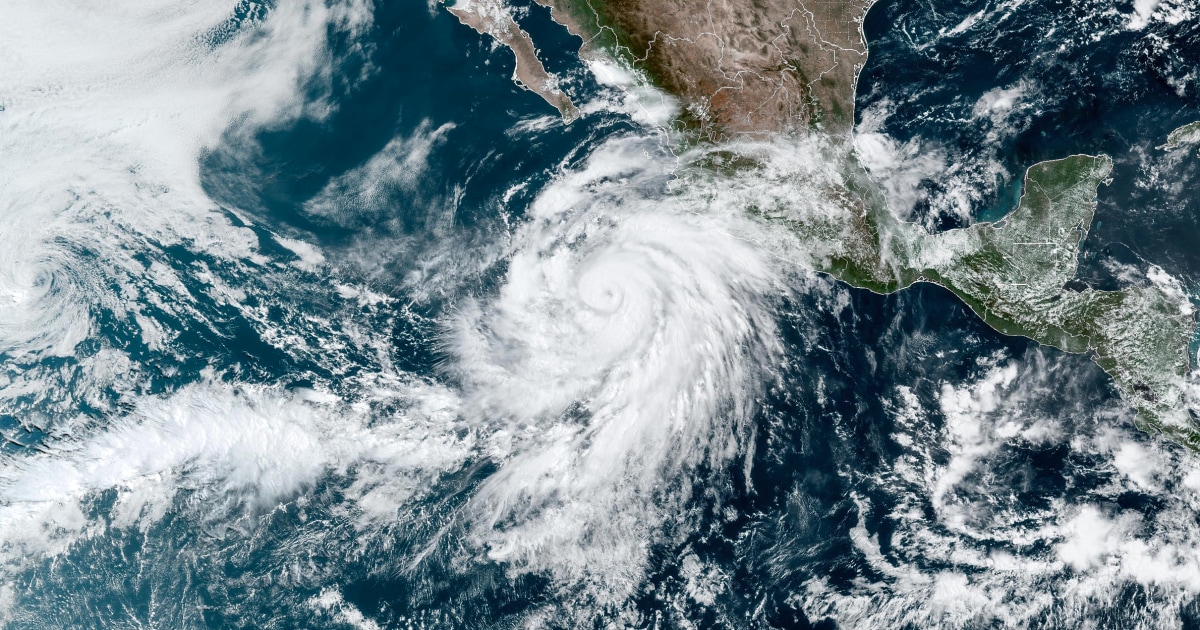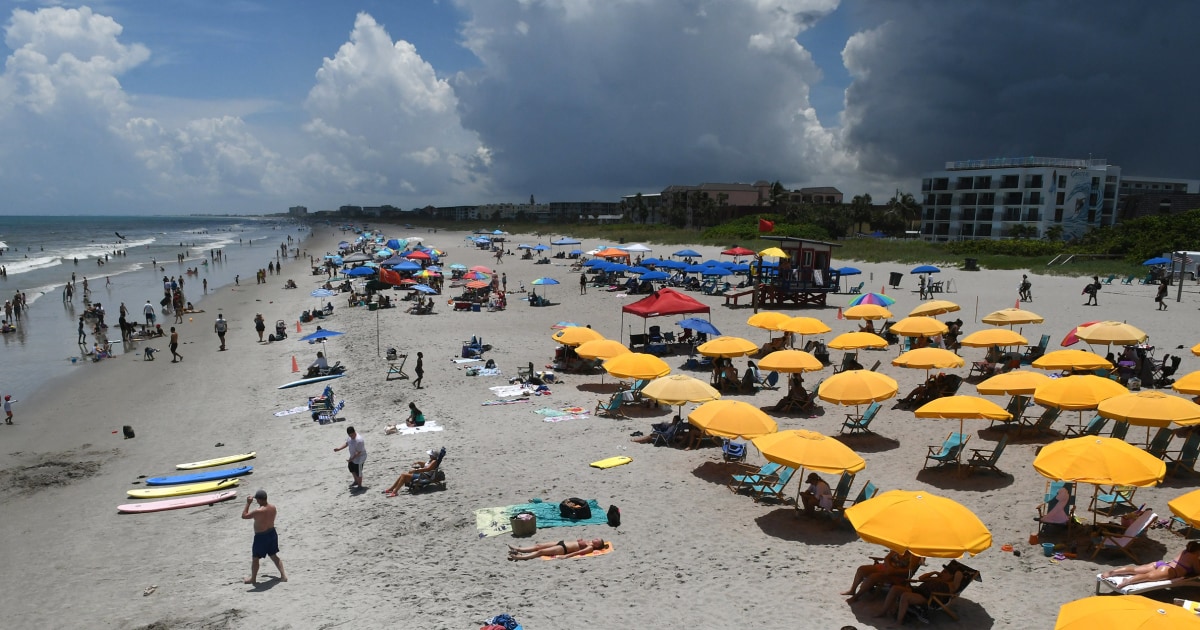Ron DeSantis: 95% of customers in Florida have electricity 4:06
(CNN) --
Hurricane Ian slammed into one of the country's fastest-growing areas last week, endangering hundreds of thousands of people, many of whom had never experienced a hurricane.
Florida has added nearly 3 million people since 2010. And the Fort Myers area, which was devastated by Ian's deadly storm surge, was recently named the sixth-fastest-growing city in the country by the US Census Bureau.
The population of the Fort Myers-Cape Coral metropolitan area was about 444,000 in 2000, according to data from the Census Bureau.
By 2021 it had skyrocketed to more than 787,000.
Southwest Florida's population "has skyrocketed in part because it's the cheapest part of the state to live in," according to Jesse Keenan, a professor of sustainable real estate at Tulane University's School of Architecture, who told CNN that " There has been tremendous growth in recent decades.
Florida's Hurricane Ian death toll rises as crews go door-to-door looking for survivors in decimated neighborhoods
Reputedly a retiree's paradise, Florida has recently attracted new residents from parts of the country that historically don't have much experience with hurricanes.
In 2019, Florida saw the most migration out of Northeastern states, including New York, New Jersey and Pennsylvania, according to the Census Bureau, in addition to Midwestern states.
The influx comes at a time when scientists warn that hurricanes are becoming more destructive, with higher storm surges due to rising sea levels and a new propensity for strong storms to quickly intensify.
These trends, combined with the region's increasing population, housing, and infrastructure, have made the coast even more vulnerable to strong cyclones.
advertising
But little has been done to deter people from moving into the danger zone, experts told CNN.
Southwest Florida is attractive in large part because it has a good quality of life: it's sunny, warm, and relatively inexpensive.
But something else is at play: In 2011, Florida's Republican-controlled state legislature relaxed decades-old state regulations intended to keep development in high-risk areas at a reasonable pace, or discourage developers. of construction in low-lying wetlands, Keenan said.
At the same time, former Governor Rick Scott and Republican lawmakers passed a state budget that eliminated the Department of Community Affairs, a state office that regulates growth and development.
"That opened the door to unchecked development in ways that put people at great risk, particularly flood risks," Keenan said.
The weakening of these rules was applauded by Florida's business community and real estate sector, who saw the move as boosting economic growth.
But that growth began to occur in areas that were more risky and vulnerable to cyclones.
"The bottom line is that the state walked away from the issue and the counties were left to fend for themselves without adult supervision," Keenan said.
"You build where land is cheap, and you sell those houses at a comparatively low price. It was a race, and cyclones like this really do force everyone to take a break and reevaluate their lives in many ways." .
Jeremy Porter, a senior fellow at the First Street Foundation, a nonprofit dedicated to climate risks, also noted that the hard-hit Cape Coral was built on a floodplain.
"There's a tremendous amount of risk," Porter said.
Brianna Renas, 17, inspects a fallen palm tree outside her Cape Coral home after waiting out Hurricane Ian with her family.
Credit: Douglas R. Clifford/Tampa Bay Times/TNS/Abaca/Reuters
But that risk isn't necessarily obvious to newcomers, and there's no central resource to help homeowners understand the threat.
The Federal Emergency Management Agency (FEMA) flood maps, which are used to determine policy premiums for insurance requirements, were not designed to serve as a general assessment tool for the risk to people.
In addition, they only take into account risk based on previous flooding, rather than increasing threat as precipitation rates increase, sea levels rise, and storms become stronger.
A recent report by the First Street Foundation revealed that in 2020, about 8.7 million properties were listed in FEMA's Special Flood Hazard Zones, but as many as 14.6 million properties are actually at risk of major flooding .
Climate change will put more properties at risk from flooding in the US 0:50
And that risk increases even more in the future projections of the group.
First Street's analysis showed that by 2050, Cape Coral will be among the cities with the highest proportion of properties at substantial flood risk.
"None of the current standards built into public-facing maps, especially federal maps, take that future climate change into account," Porter said.
deter growth
As Southwest Florida focuses on rebuilding, the question now is whether state and county officials will discourage growth in these vulnerable areas.
They could pressure residents to build stronger homes, or give them "carte blanche" to rebuild according to the status quo, said Larry Larson, director emeritus and senior policy adviser for the Association of State Floodplain Managers and an expert. at risk of flooding for a long time.
"The challenge for Florida is going to be that there are a lot of destroyed buildings, houses and stuff," Larson told CNN.
"What are you going to do when you let them rebuild?"
Boats rest in a channel on Sanibel Island after Hurricane Ian.
Credit: Sean Rayford/Getty Images North America/Getty Images
There are a few ways that some governments and the private sector can discourage people from buying houses in flood-prone areas.
In some cases, the federal or local government can buy properties that frequently flood and relocate the families that live there.
Another way is to show homebuyers the information up front.
First Street, for example, has teamed up with real estate giant Redfin to show potential buyers how prone to flooding a property is.
Those estimates take into account the climate crisis.
Porter said that Redfin and First Street have seen homebuyers turn away from riskier homes on the market.
"We're seeing that people are starting to interact with that data," Porter said.
"They're explicitly looking at flood risk scores."
But it is not infallible.
Porter noted that people aren't necessarily saying no to flood-prone neighborhoods just yet.
Instead, they are looking for lower risk homes in the same area.
"It doesn't mean that people move out of their real estate market when they see that level of risk," Porter said.
FloridaHurricane IanPopulation













